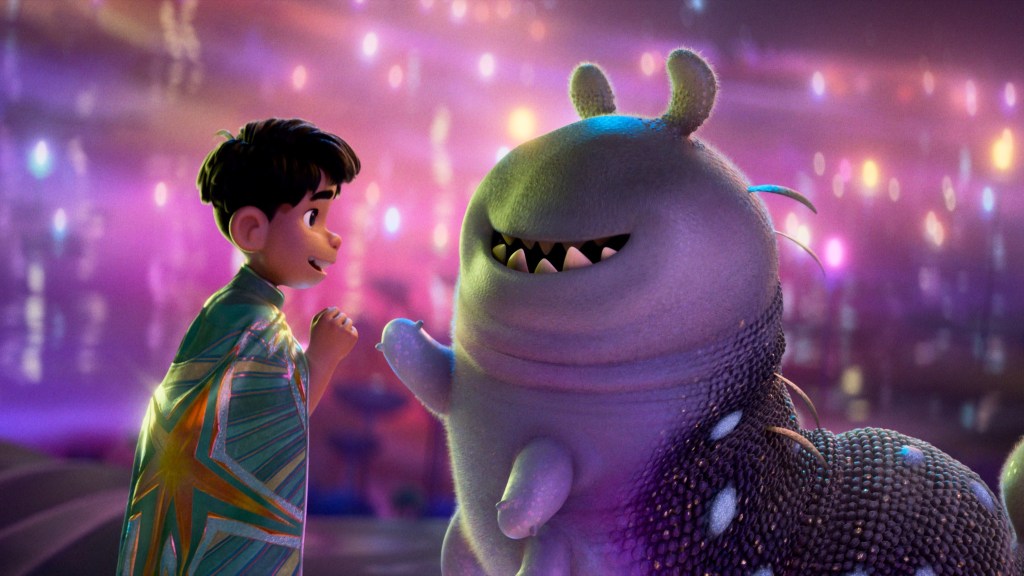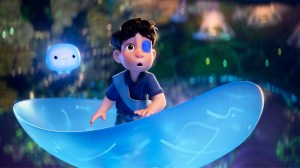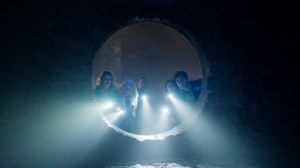For years, Pixar was a guaranteed draw at the box office. Whether the studio was producing an original film or a sequel to one of their previous blockbusters, Pixar movies routinely made large sums of money at theaters (save for something like The Good Dinosaur). That has drastically changed over the past handful of years. Pixar’s once sterling box office reputation has taken a hit, as it’s seen multiple films underperform in the post-pandemic landscape. Things hit a new low for Pixar in June when Elio posted the studio’s lowest opening weekend of all time and bombed. Fortunately, the film’s experiencing a bit of a bounceback on home media.
Videos by ComicBook.com
Elio recently became available to stream on Disney+, and it’s finding an audience there. According to FlixPatrol, which measures the popularity of various titles on streaming services, Elio is currently the No. 1 movie on Disney+, surpassing the live-action Lilo & Stitch remake on the chart. While it’s great to see viewers flock to Elio at home, it highlights a major problem for Pixar.
Pixar Has Become a Disney+ Franchise

During the pandemic, three consecutive Pixar films — Soul, Luca, and Turning Red — were released on Disney+. At the time, this was a great way to get the films out and ensure as many people could watch them as possible (Pixar’s movies didn’t even fall under the Disney+ Premier Access umbrella with an extra surcharge), but there was a downside to the release strategy. Families became accustomed to watching the latest Pixar film at home, a much cheaper alternative to paying for tickets and concessions at the theater. And even though we’re now in a post-pandemic landscape, Pixar’s box office figures haven’t truly recovered.
Last summer’s Inside Out 2 was a massive, $1 billion success, but outside of that Pixar has struggled. Lightyear and Elio bombed. Elemental got off to a slow start and eventually became a sleeper hit thanks to word of mouth, but its $496.4 million worldwide total is a far cry from the numbers Pixar was putting up during the 2000s and 2010s. Other films targeted at families and kids during this time have done very well at the box office (this year’s highest-grossing Hollywood movies are Lilo & Stitch and A Minecraft Movie), so it’s not like this is a problem plaguing that particular demographic. It seems to be an issue mainly for Pixar, and it’s arguably one of Disney’s doing. Once people get used to watching new releases at home, it’s hard to put the genie back in the bottle.
People are still interested in watching Pixar movies; if they weren’t then Elio wouldn’t be the No. 1 movie on Disney+ right now. But there’s been a shift in how people consume Pixar films (unless it’s a sequel to an established property, like Inside Out 2). They don’t feel the urge to rush out to the theater, and it’s something Pixar needs to address moving forward. Original films were long the studio’s bread and butter, establishing Pixar as an industry powerhouse renowned for its creativity. There are sequels like Toy Story 5 and Incredibles 3 in the works, but Pixar is still developing original concepts. March sees the release of Hoppers, and the studio has also revealed Gatto, a movie about a cat embarking on an adventure in Venice. Those original titles need to work, or else Disney might feel they aren’t worth the investment. A sequel grossing $1 billion and an original movie bombing sends an obvious message.
One thing Disney can look at is releasing certain Pixar movies in less competitive theatrical windows. The middle of June has been the studio’s sweet spot for years, but it isn’t working anymore. Elio opened on the heels of Lilo & Stitch and How to Train Your Dragon, so there wasn’t a void in the marketplace for it to fill. Hoppers will be an interesting case study for this, opening in early March against the R-rated Frankenstein movie The Bride!. It won’t be facing much in the way of direct competition, so it will be able to have the family marketplace to itself. That will hopefully put it in a better position to succeed. Perhaps the summer could be the window for Pixar’s sequels (which are safer box office bets) and spring could be where the original films thrive.









